ALL ABOUT MARBLE BY BHANDARI MARBLE GROUP
Bhandari Marble Group Bhandari marble group has been active in the natural stone supplier, manufacturer, dealer, distributor, wholesaler, and Marchant. Bhandari Marble Group is well known for top quality marble suppliers in marble. We provide a great collection of imported and Indian marbles to your home.
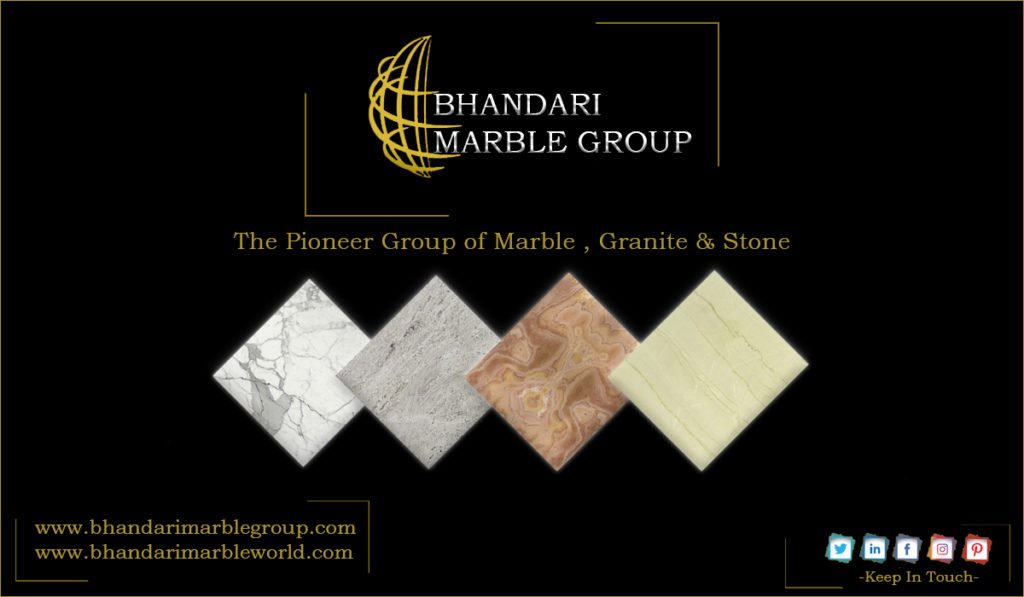
In Bhandari Marble Group you will find all kinds of Indian Marble, All kinds of Italian Marble, and All kinds of Granite and other stones. We at Bhandari Marble Company boast ourselves as one of the most reputed suppliers and exporters of natural stone from India delivering flawless products.
Bhandari Marble Company is one of the biggest tiles manufacturers in Iran and the Middle East. Providing high-quality stone tiles for wholesaling. The Best Marble Wholesale with Affordable Prices and Wide Color Range of Marble Stone. Discover The Best Marble Stone Company For Import and Export.
When considering marble tiles as a flooring material, most people think of the classic, glass-smooth white stone with Smokey grey veining. But there are actually many options for color, vein pattern, finish, and size of marble floor tiles.
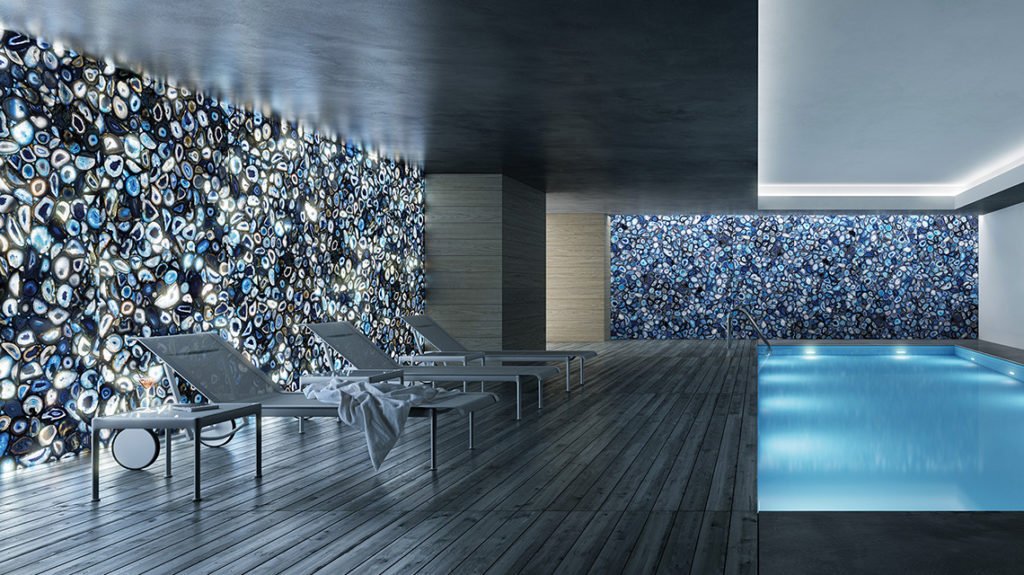
Marble forms as carbonate sedimentary rock, such as limestone, is metamorphosed under pressure to recrystallize into a harder stone. Depending on the chemical composition of the original sedimentary rock, and the conditions under which it metamorphoses, the marble can take a variety of appearances, though nearly always with distinctive wavy veins running through it.
Marble can be categorized in a number of ways, and knowing the differences will help you make informed decisions.
Mineral content although it is rarely highlighted by sellers of marble, different types of marble are sometimes categorized according to the amount of magnesium carbonate they contain:
- Dolomite marble contains more than 40% magnesium carbonate.
- Magnesium marble contains between 5% and 40% magnesium.
- Calcite marble contains less than 5% magnesium carbonate.
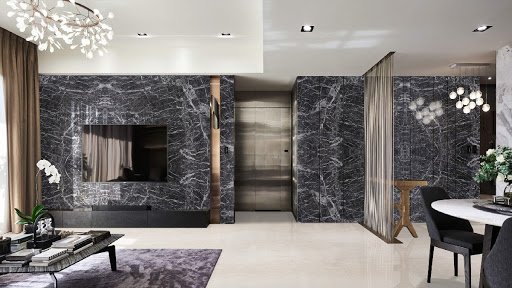
Geographic Origin
The various types of commercial marble sold by retailers are usually named for the region from which they are quarried. Nearly every continent contains deposits of marble, but most of the commercial marble sold for residential building materials come from Italy, Spain, or other areas of southern Europe. The appearance of the marble usually gives clear clues as to its place of origin.
Carrara Marble
This classic white or light gray marble is one of the lightest marbles used for flooring tiles. It is typically white or very light gray, with soft gray veins running through it is quarried in the city of Carrara in the northern tip of Tuscany, Italy. With hundreds of operating quarries producing it, Carrara marble is one of the most readily available marbles you can choose. By some accounts, more than 80% of all marble used in residential construction up to now is Carrara marble.
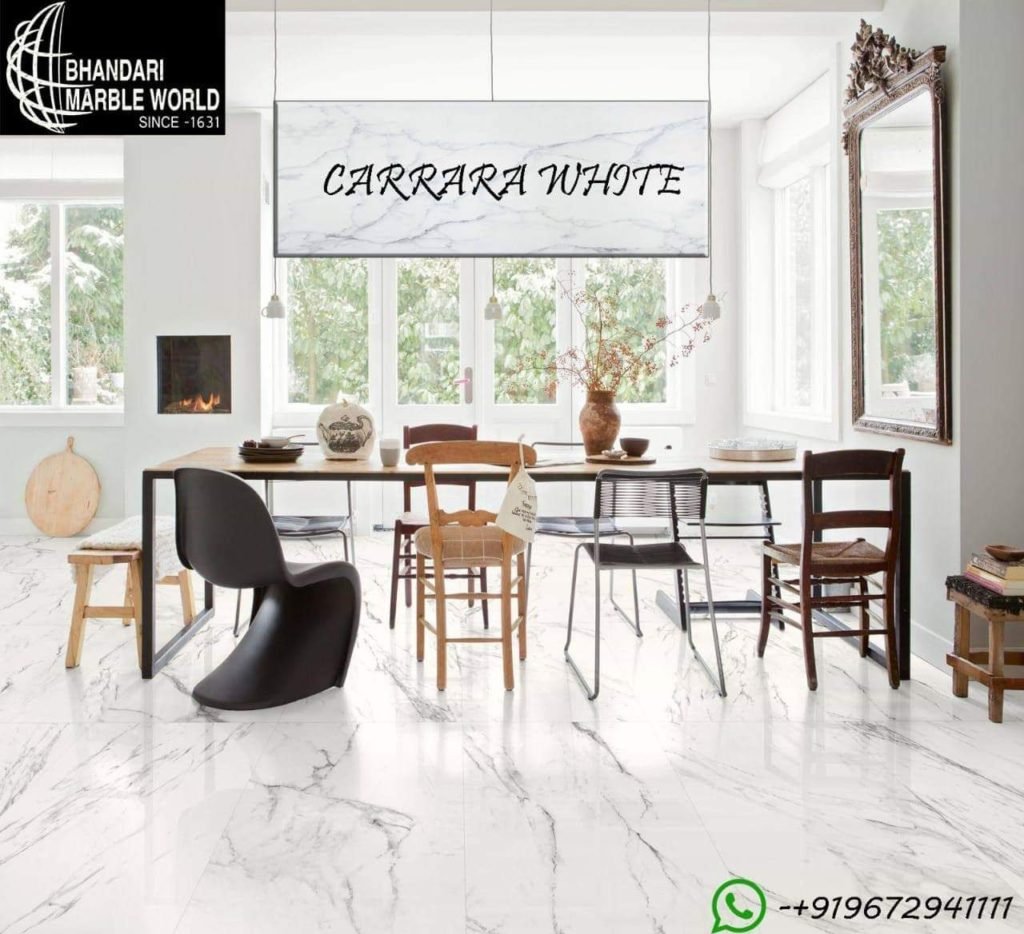
Supplies of Carrara marble are dwindling, however, and you can expect other different sources of marble to come into heavier use in the coming years.
Calacatta Marble
A whitish marble with very pronounced veins ranging from gray to golden brown. Originating in the Apuan Mountains in Carrara, Italy, it is a high-end luxury stone that is used both in countertop slabs and flooring tiles. It is available in both honed and polished finishes. Calacatta is quite similar to Carrara marble, but with more prominent veining. This is a rarer and more expensive form of marble.
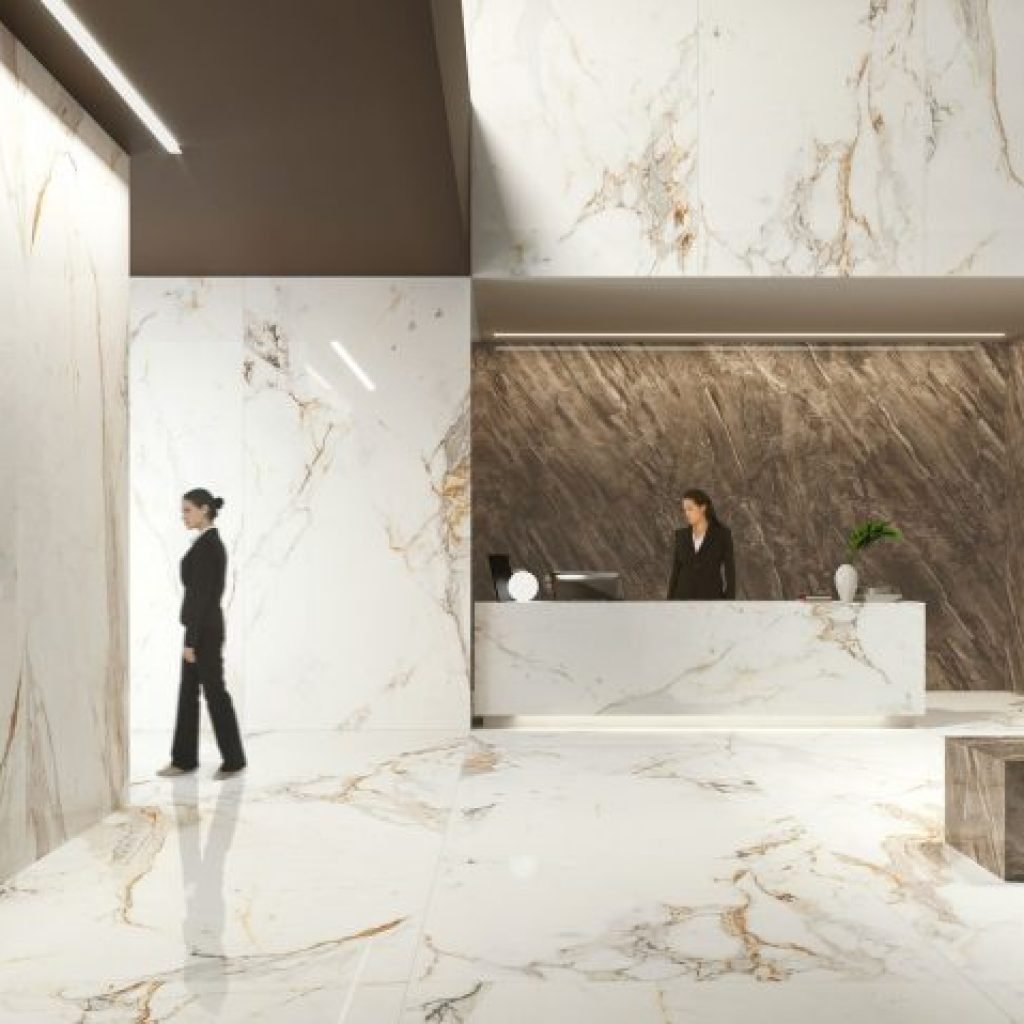
Statuario Marble
Also called Statuario, this marble is also quarried from the Carrara region of Italy, but it has a lighter field with less color variation that classic Carrara marble. The veins are usually a mixture of light and dark gray. Like Calacatta, this is a rarer and more expensive form of Italian marble.
Breccia Onichita Marble
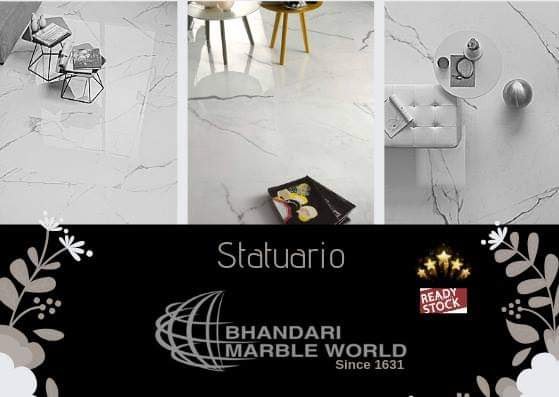
This is warmer, darker marble, with creamy browns and reds common. It is used both for countertops and floors. Breccia Onichita is sometimes considered a form of limestone, and it has a more complicated veining pattern than most marbles. The term “Breccia” refers to the rock’s composition, in which broken fragments are cemented together in a fine-grained mixture. This angular, broken pattern makes for a very attractive stone surface. The Onichita form of Breccia marble is quarried in Italy.
Arabescato Orobico Marble
This is a very dark marble with light gray to brown sweeping veins. It is a premium, high-end marble that comes from the Brembana Valley in Northern Italy.
Emperador Marble
This marble is quarried from three different regions of Spain and is available in various shades of brown, with fine grains and irregular veins. The darker color makes is a good choice for floor areas that receive high traffic; it is also commonly used for fireplace surrounds.
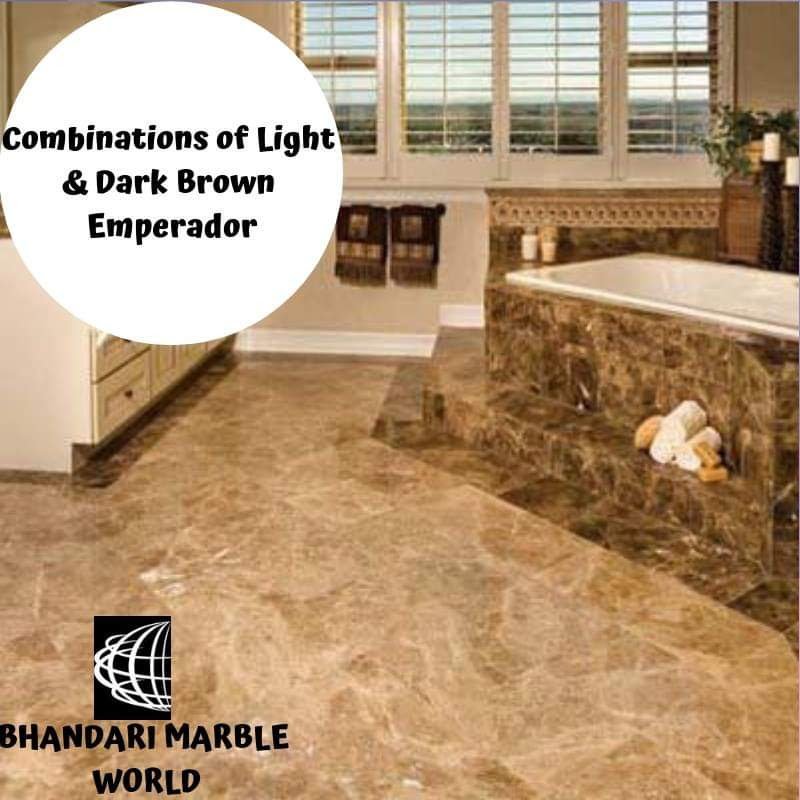
Crema Marfil Marble
This textured creamy beige stone has an overall yellow, cinnamon, or golden beige color with very soft veins of darker color. Like Breccia Onichita, it is sometimes marketed as a form of limestone. It is quarried in Spain.
There are also unique and exotic marbles available from Turkey, Greece, and other regions. These often are quite expensive, but they can have truly unique colors, such as deep reds or greens.
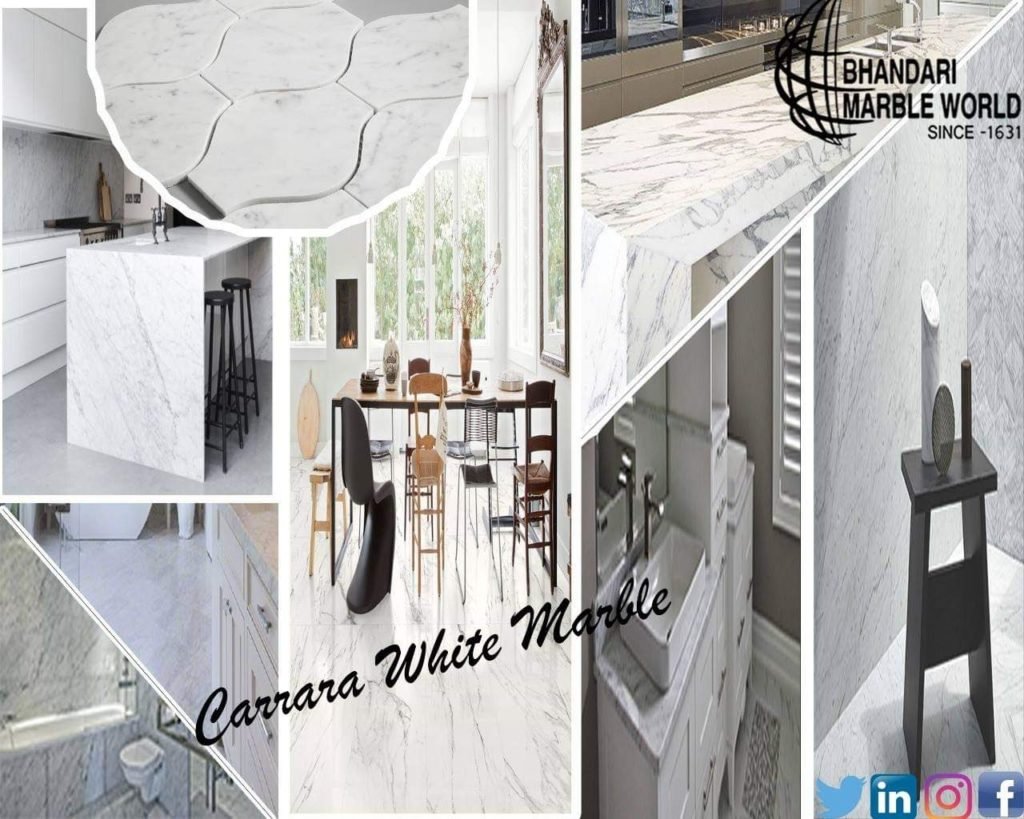
TIP FOR MARBLE
What is sold as marble in the big box home improvement centers is sometimes not genuine stone, but rather marble-look porcelain tile. there is nothing wrong with these manmade ceramic products—they are much cheaper than genuine marble and can be remarkably effective at mimicking the look—but if you are set on using real marble for your flooring, read labels carefully. Shopping from a specialty flooring store will ensure that you are getting genuine marble.
MARBLE SURFACE FINISH
Any marble tile can be finished with any one of several different surface finishes. The most popular are polished, honed, tumbled, and brushed.
POLISHED MARBLE
One of the prized characteristics of a marble floor is its ability to take a very high polish. This allows the material to be buffed until it glistens in the light and is perfectly smooth to the touch. In lighter-colored marbles, polished tiles will actually glow, with the light of the room penetrating slightly into the stone and then reflecting outward with soft illumination.
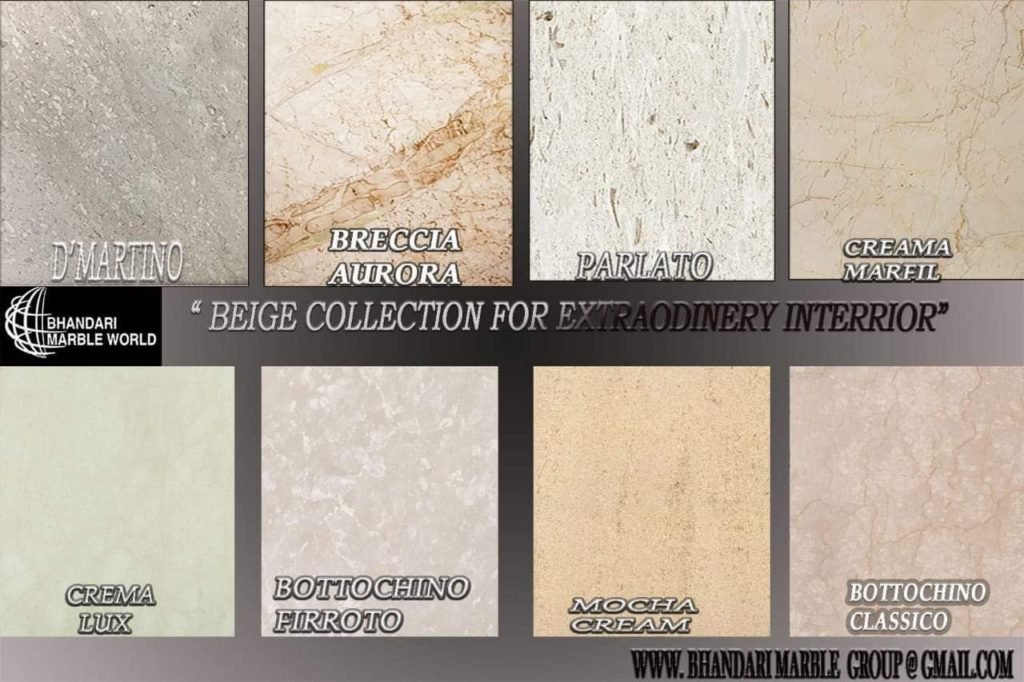
There are several drawbacks to polished marble floors. First, they are very slippery, especially in wet environments. They also easy to damage—and will readily show that damage. These blemishes will be more visible in darker solid colored marble materials than they are in the light or single-colored tiles.
FINISH ON MARBLE
In a honed surface, the marble is ground down until it is flat and smooth, but not to the point where it is slippery and polished. These tiles allow you to have the beauty of marble with less concern about slipping hazards.
Unfortunately, honed marble often does not have the same vibrancy of color as a highly polished stone. Often, the hues seem a little faded and washed out compared to the similar material in a polished finish. Honed marble also still has a relatively low coefficient of friction, and it can be scratched if not cared for proper

Tumbled marble is created by processing tiles in a drum with rock and sand aggregate that create small chips, scratches, and rounded edges on the tiles. The resulting tiles have a rustic, natural look that many people find attractive. The texture of tumbled marble is a good feature for shower floors since it reduces the slipperiness of the tiles.
With tumbled marble, each piece you get is slightly different. The tiles themselves are fairly standard in size, but the shapes will vary slightly, and not every piece will be a perfect right-angled square. You may also have some pieces that are polished and others that have a stripped honed surface. This irregularity is part of the appeal of using honed materials. However, when laying out a honed tile for a floor, make sure the overall variation of the tile shapes and coloring have an attractively random look.
Brushed marble is created scuffing the surface of the tile with abrasives until a natural, antique look is created. The brushing process, however, creates a somewhat porous surface that must be frequently sealed in order to resist staining. The floor needs to be cleaned frequently because dust tends to collect in the texture of the surface.
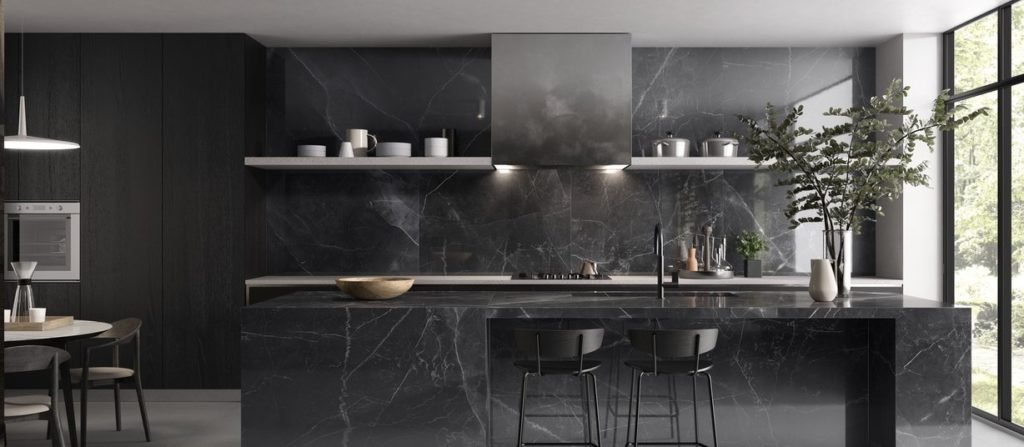
MARBLE SIZE
While marble flooring can be installed in large slabs, this is rarely done except informal, commercial settings. For residential use, marble flooring is almost always installed in the form of tiles. Classic marble floor tile is usually square in shape, with several dimensions most common:
12 x 12-inch tiles are most common; generally 3/8 inch thick.
16 x 16-inch tiles are also common; usually 7/16 inch thick.
24-x 24-inch tiles are usually the biggest available; typically 1/2 inch thick.
There are also rectangular marble tiles available in a variety of dimensions, such as 8 x 20-inches, 12 x 18-inches, and 12 x 24 inches. There are also geometric tiles, most commonly hexagons. for more details of Marble, size visits our website & we can customize any size and thickness accordingly to your requirement.
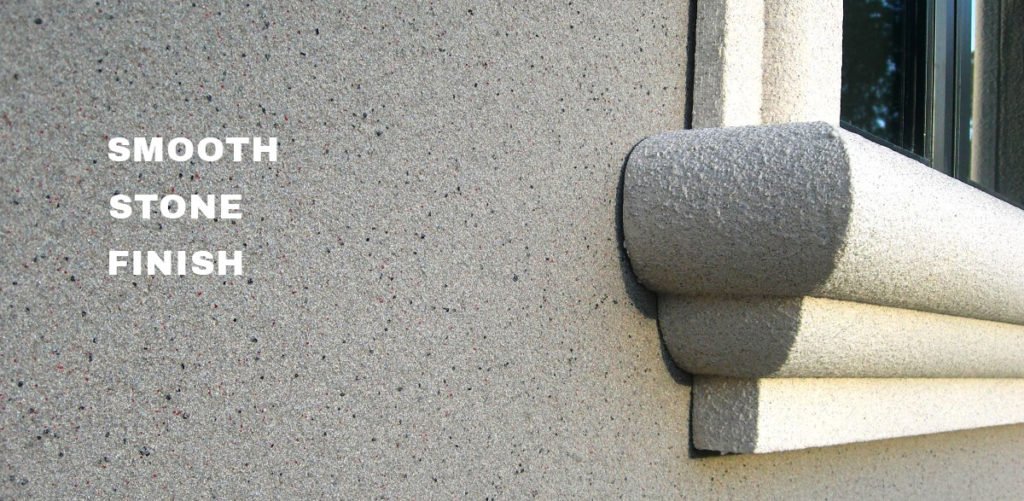
MARBLE MOSAICS
Marble is often available in a variety of mosaic cuts. These can either be small individual chips or mesh-mounted chips laid on a flexible mesh backing. You can also buy medallions or patterns in which the marble colors are arranged on the mesh mount to create attractive and colorful displays
GROUT LINES
With all tile floors, the bigger the tile, the fewer grout lines you will have. Grout is one of the most vulnerable parts of a tile floor installation, and the presence of more grout lines will mean that the floor will require more maintenance to keep it protected against stains and water damage. When practical for the flooring design you seek, choosing large tiles is the best option.
MARBLE PRICE PER SQUARE FEET
At consumer tile stores, marble floor tiles can range in price from as low as $7,30Rs per square foot for a pure white Carrara tile to $50, 3500 Rs per square foot for a rarer tile. You can pay considerably more—prices upwards of $200 per square foot are possible—for designer mosaic tile sheets that feature a blend of exotic marbles in different colors and shapes.
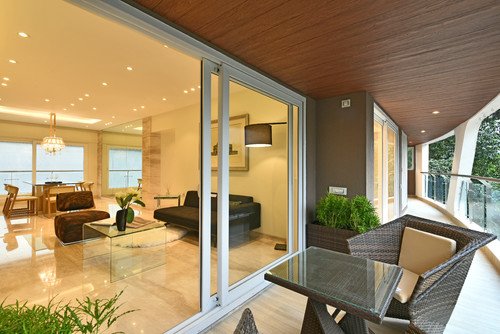
If money isn’t a limiting factor, there are also high-end luxury tile retailers that specialize in exotic marbles from around the world. Costs can be quite exorbitant.
Costs for genuine marble can be as low as $4 per or 30Rs square foot to about $20 1500 Rs per square foot, but the selection is generally limited to standard Carrara marbles or other mass-produced varieties.
In addition to the material costs, professional installation can cost from $3, 25 Rs to about $7, 75 per square foot, depending on the size of the room, the complexity of the work, and the labor cost/availability in your area. Simple square or rectangular tiles will be easier to install, and therefore cheaper than installations calling for intricate patterns and extensive tile cutting for more details about price list visit our website price list page.
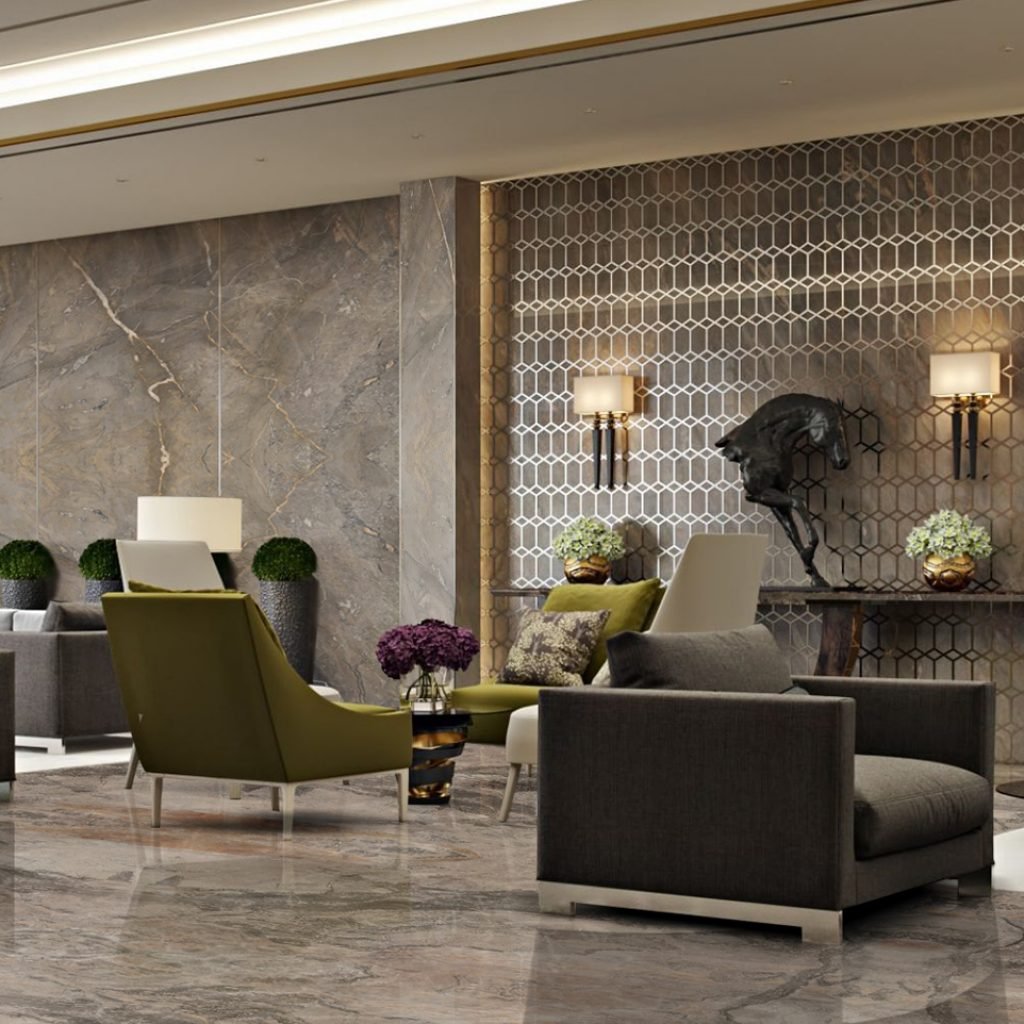
CONCLUSIONS
When choosing marble floor tile, you have more options than you may realize. Marble colors and veining patterns can vary greatly, depending on the region where the marble was quarried; and the manufacturing process offers you several options for tile shape, size, and finish. Marble tiles can be purchased at big box home improvement centers, but for a wider range of options, consult a specialty flooring store or tile.

ADD BY BHANDARI MARBLE GROUP INDIA RAJASTHAN KISHANGARH-305801.



